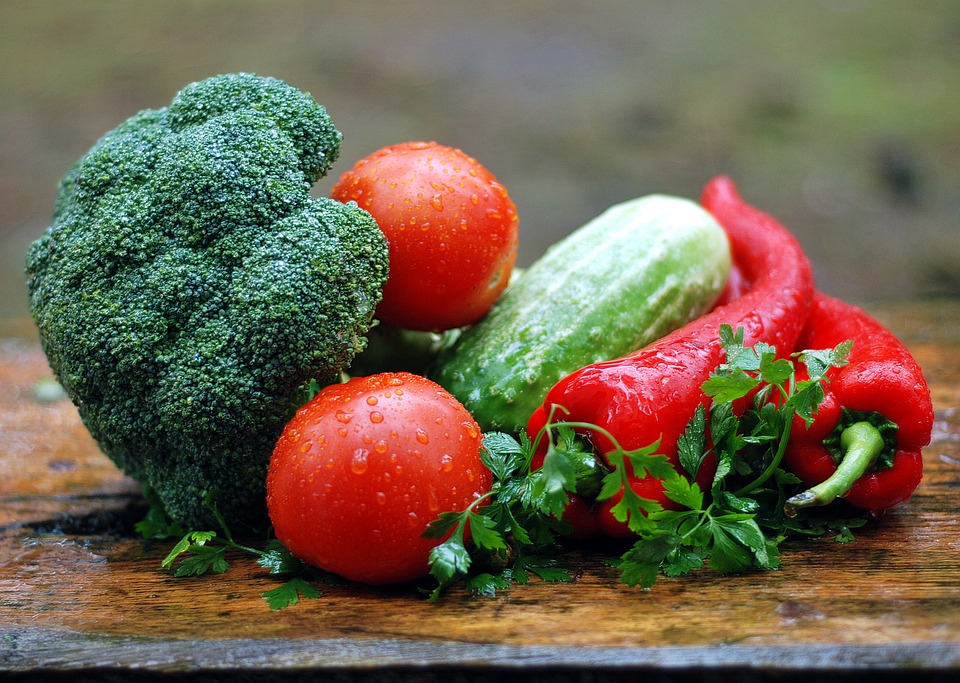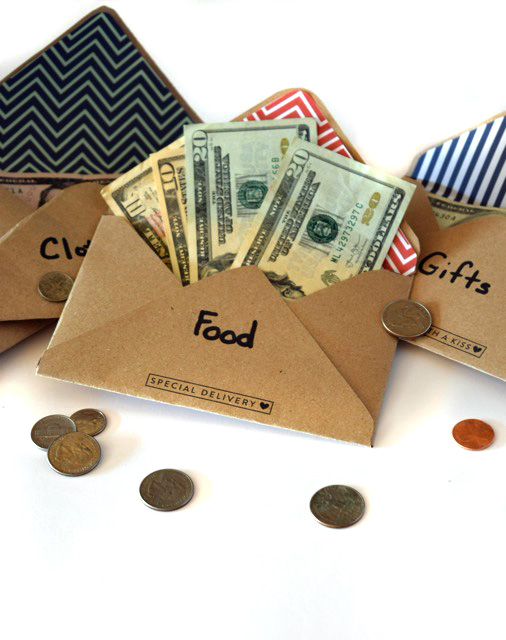Thank you to everyone who weighed in on the survey. If you missed it, you can still add your opinion. I’ll be checking the final answers next Tuesday and working to meet the needs expressed there.
It’s no surprise that most of you are here to shrink your grocery budgets! I love that, because food is usually the single biggest budget item in any household budget. For most families it’s even bigger than their mortgage! Unlike a mortgage bill that’s set in stone, the grocery budget is flexible.

As a busy mom of 6, I know how easy it is for grocery spending to get out of control. The grocery budget is the largest flexible expense in my home. I can run around the house turning off lights and unplugging appliances but won’t save nearly as much on electricity for my efforts as I do when I manage my food spending well. Currently our food budget for our family of 8 is $630 a month. This is just food—not cleaning supplies or shampoo. Our food budget includes $30 for my husband to buy lunch making ingredients to keep at work. With 31 days in the month we average $2.50 per person per day or $.63 a meal. When our kids were in private school, our food budget was $400 a month. We have 3 teens (and 3 younger kids.) It wasn’t easy, but it was possible. It’s ok to make your budget reflect your current income and bill situation and then increase or lower it as the situation changes.

I’ve been helping families reduce food spending for the last 8 years and have found the average family overspends on food enough to buy a cruise ticket every month. Some could buy 2. Let that sink in for a minute.
Real food with plenty of produce is important to me. I just shop for it differently than most. Awhile ago I went to a freezer-cooking day with friends. We all had the same recipes, same shopping list and went home with the same amount of food. The others spent between $200-$350, I spent $85. We made multiple meals of Bacon Butternut Squash Casserole; Creamy Spaghetti Squash; Pesto Stuffed Chicken Breasts; and homemade meatballs and marinara. One family shopped at a local chain grocery store, another at Sprouts, a third at Costco, and I shopped primarily at Aldi supplemented with a few items from my home pantry.

When I’m shopping, I spend a few seconds on every item looking for the best value without compromising health. For the freezer cooking day, I made a few substitutions that didn’t change the final outcome of the recipes. For example a pound of bacon was $3, a bag of real bacon crumbles was $1.50. Prepared Pesto sauce was $1.50, the ingredients to make my own pesto were more than $10. Before choosing to buy prepared pesto I made sure there weren’t any preservatives or questionable ingredients. One of the recipes called for a block of provolone cheese. Aldi only carried provolone slices, but they were half the price of buying a block of cheese anywhere else. I bought the slices and tore them into pieces instead of grating cheese from a block. My final recipes turned out just as delicious as the others.
Here are the basics to our low budget.
- Use Cash. We put our grocery money in an envelope and when the money is gone, I’m done for the month. I like to save a bit in a separate envelope for the last week of the month. Just to make sure we can still buy milk and eggs.

2. Know what things Cost. Is that “sale” actually a good price? I have a head for numbers and pay attention to food prices. If I didn’t I’d write them down in a pocket notebook. Then when prices drop significantly I recognize the deal.
3. Stock up when the prices are at their lowest. When I see that good deal, I buy enough that I won’t have to buy until the next sale.

4. Meal plan with the food I already have on hand. I call it reverse meal planning. Instead of shopping from a list of recipes, I shop for the best deals I can find, then meal plan around those foods.
5. Buy necessities first, rare treats after. Everyone likes a treat now and then, but it’s easy to spend too much on cookies, chips and soda and not have enough money for healthy foods. I buy the essential foods first. Then if I have money left, a treat or two is ok.
Once we get used to thinking about grocery shopping in a new way, it becomes second nature to spend less without sacrificing nutrition. If you’d like to find out more, I hosted a whole month of learning to reduce food costs here.